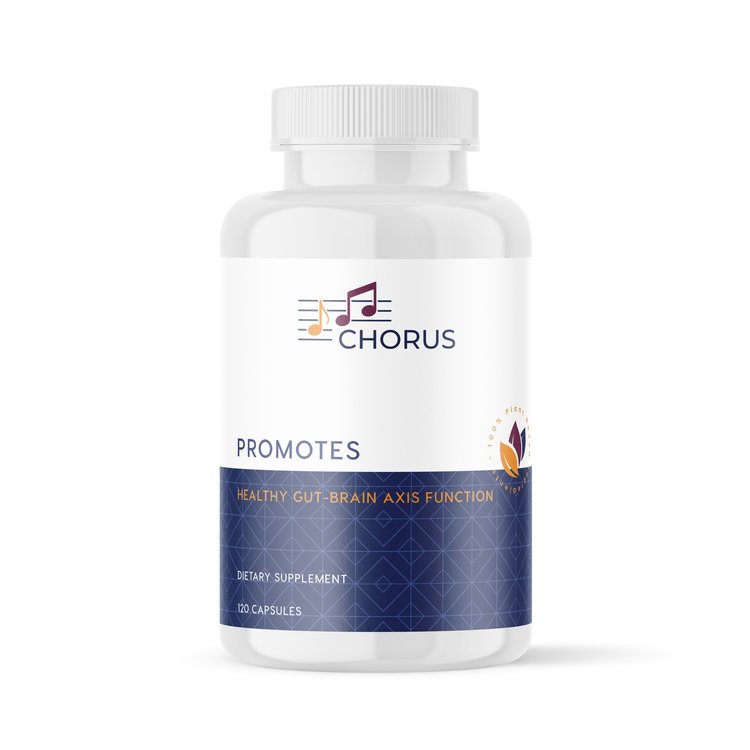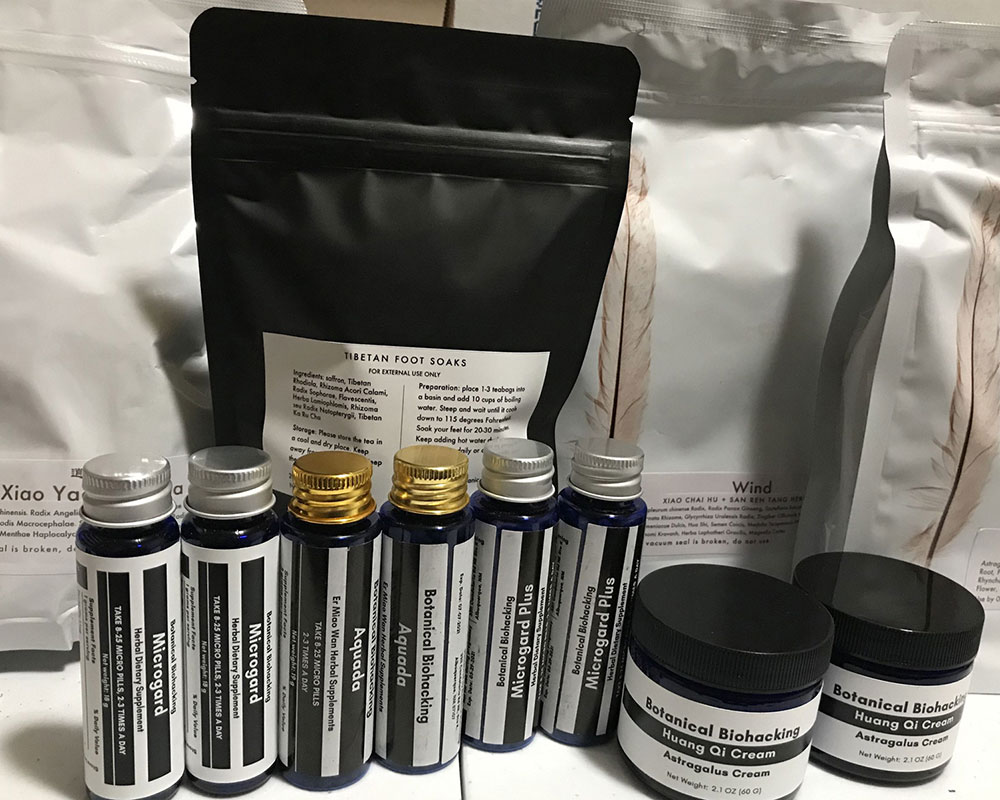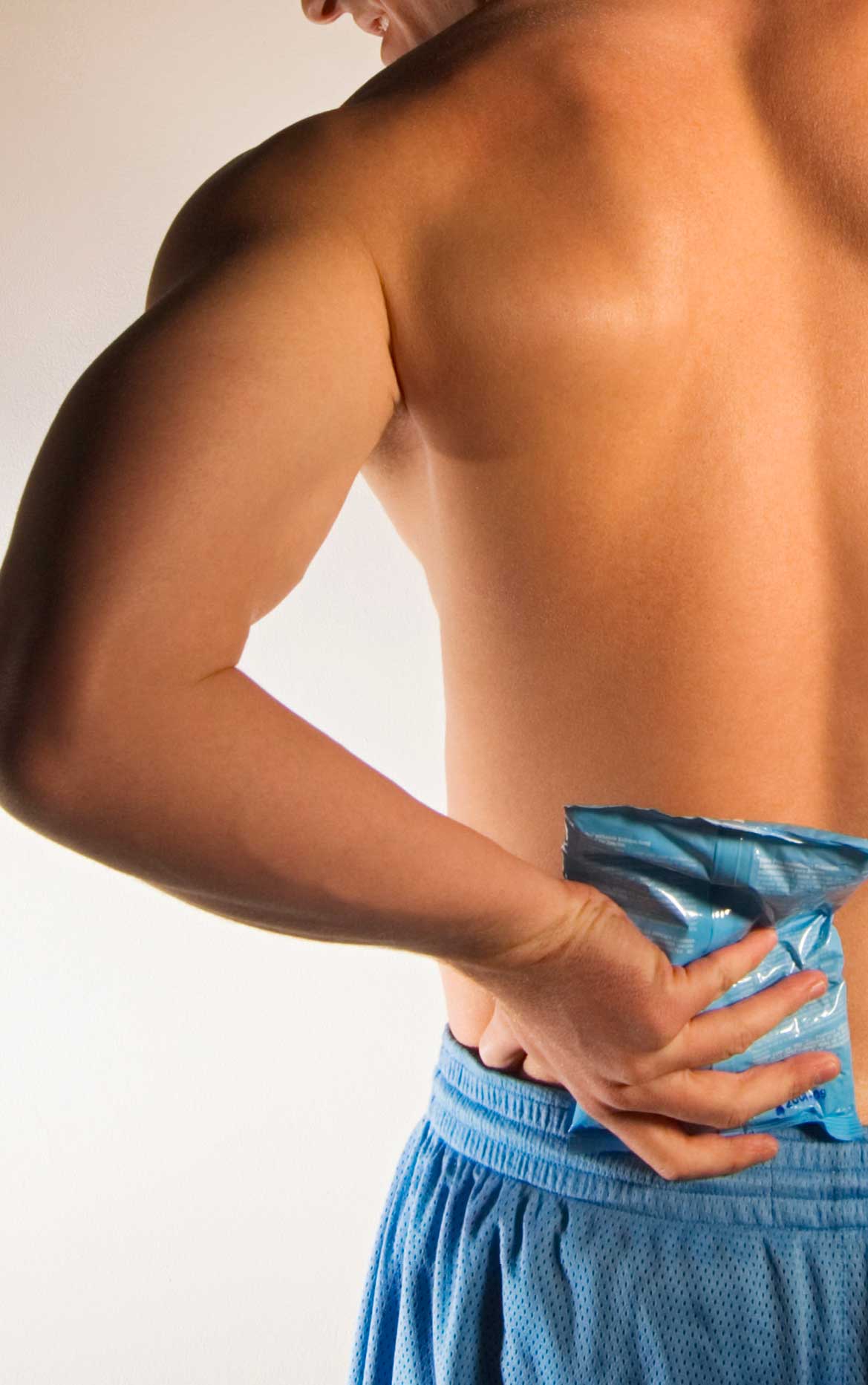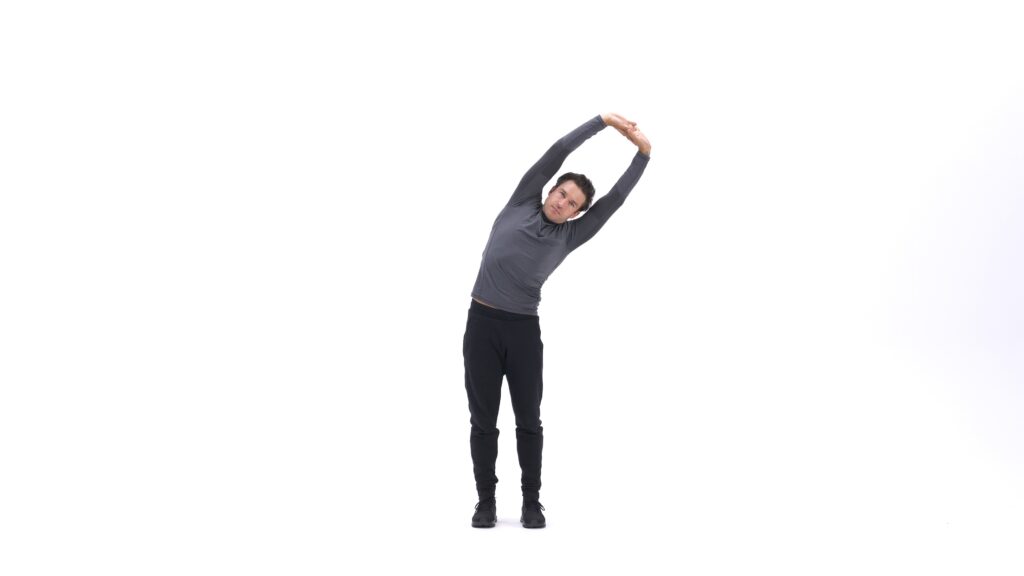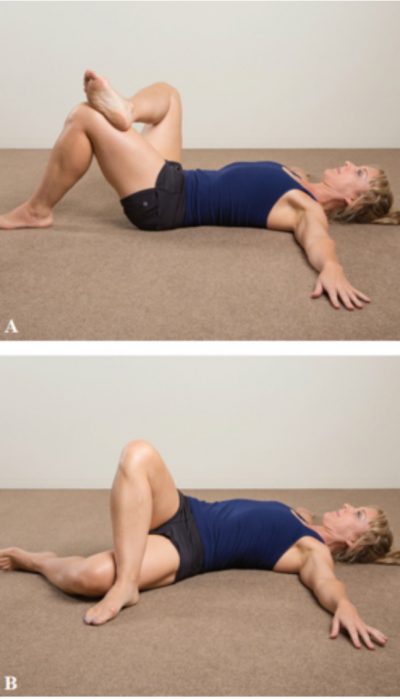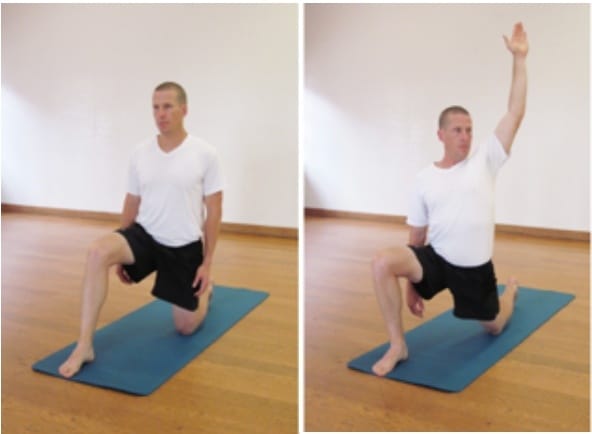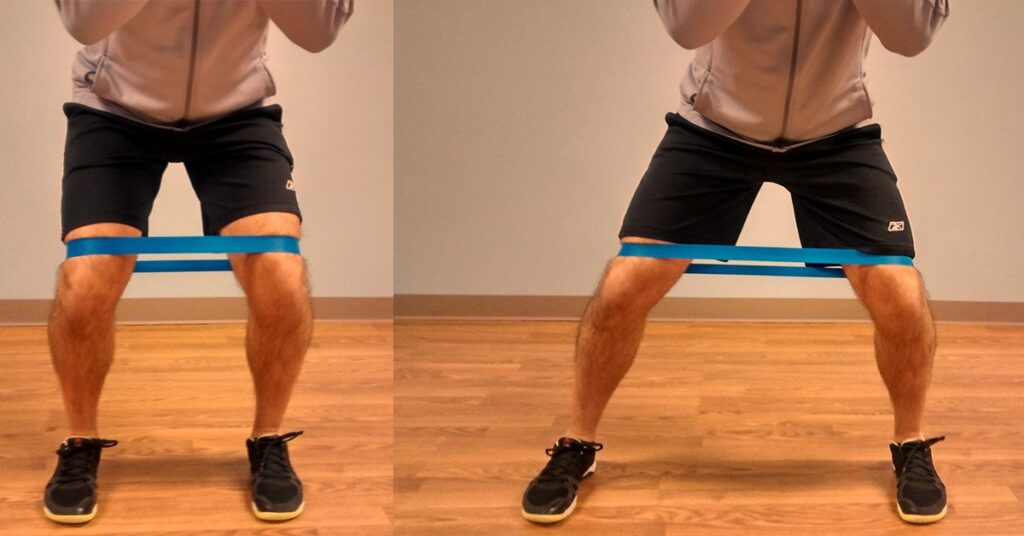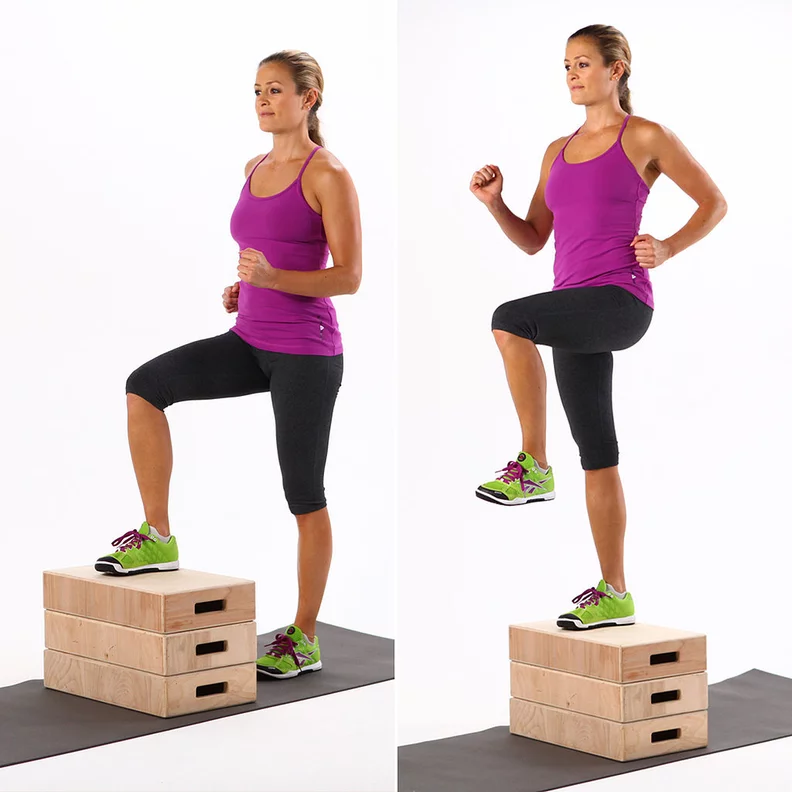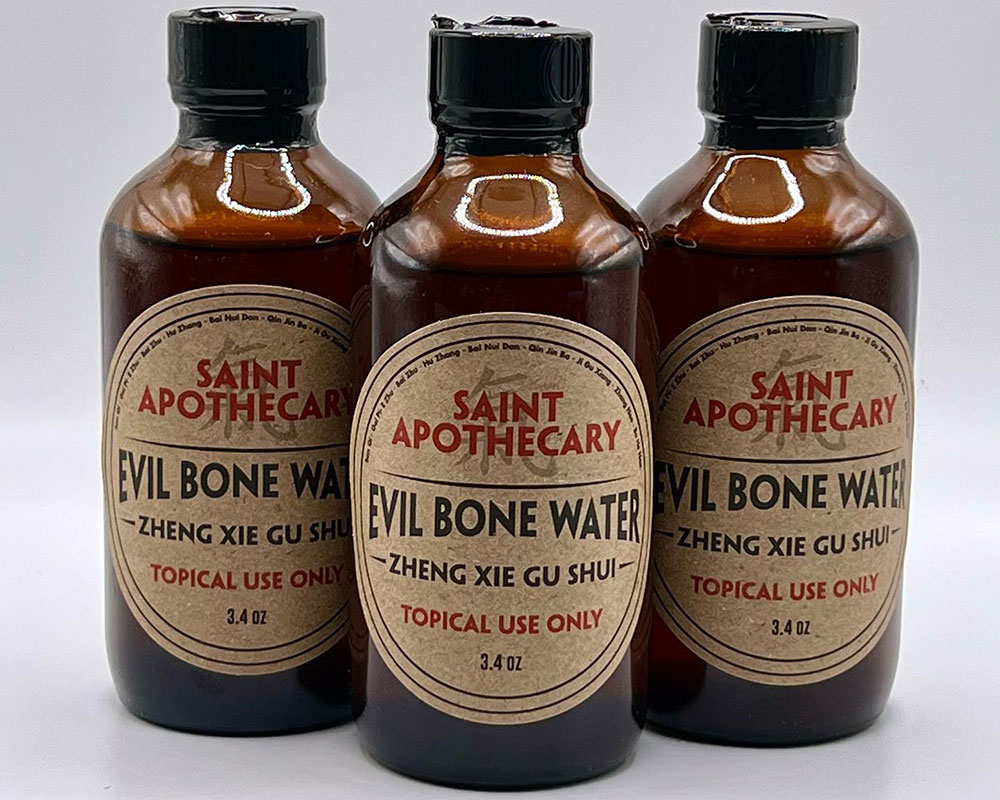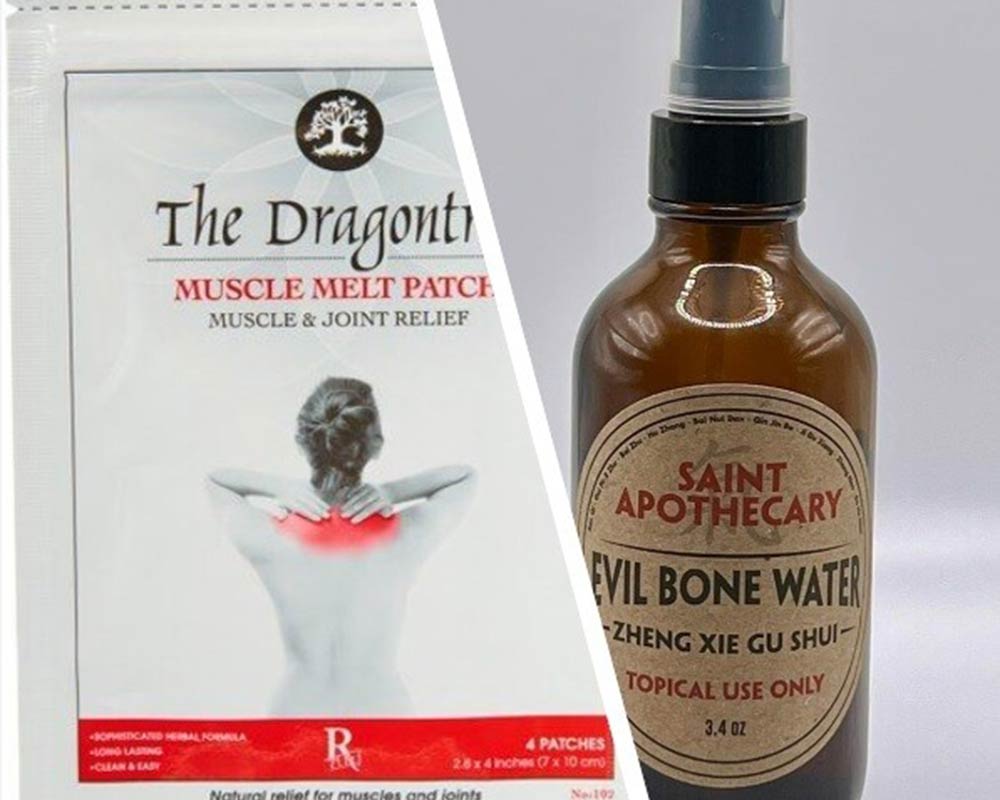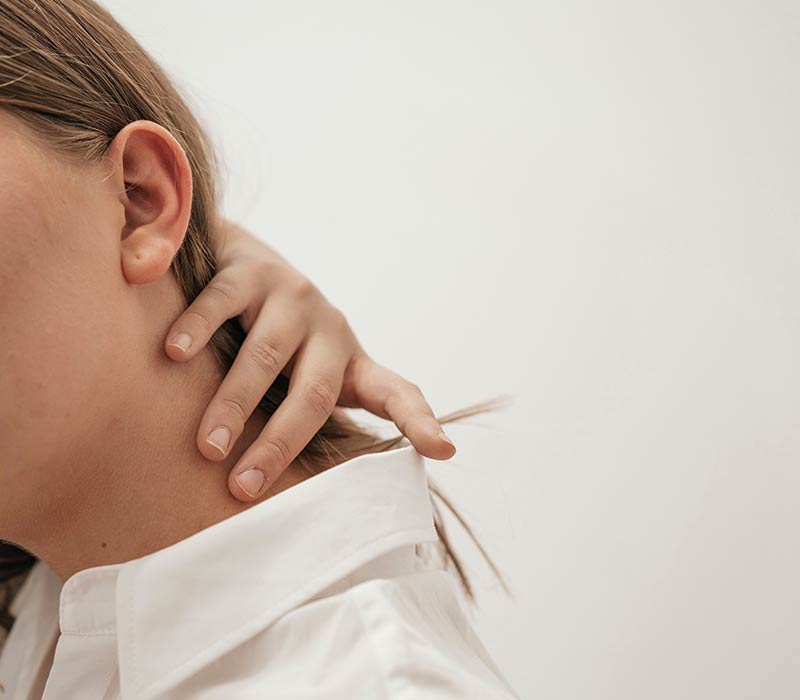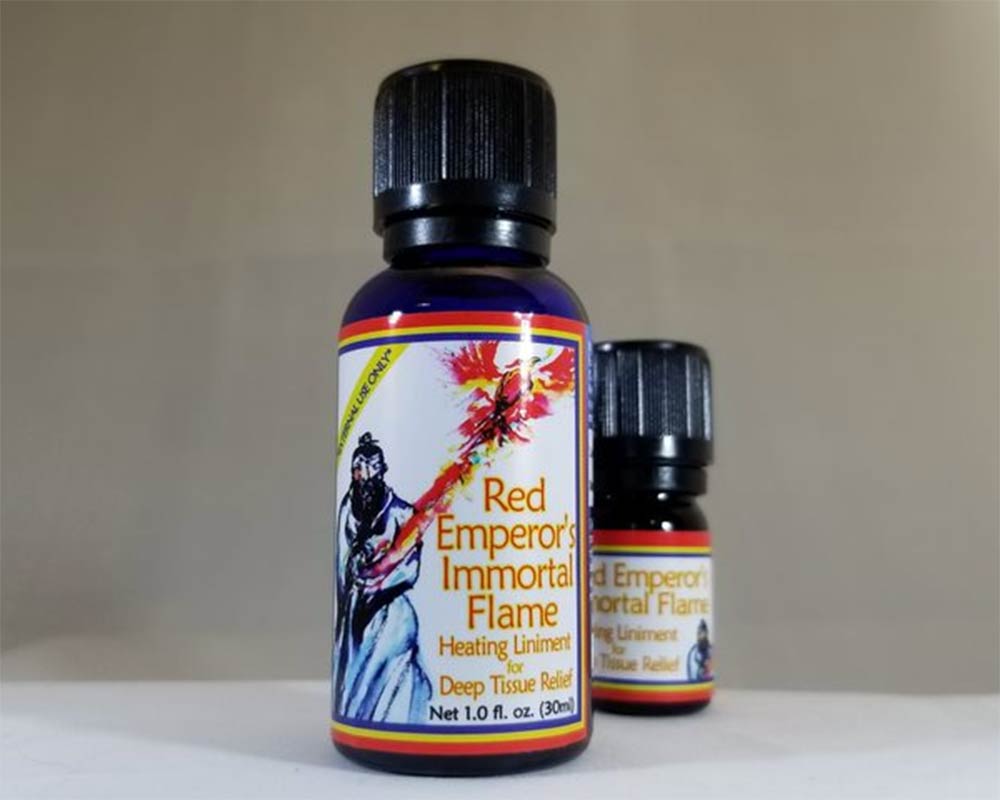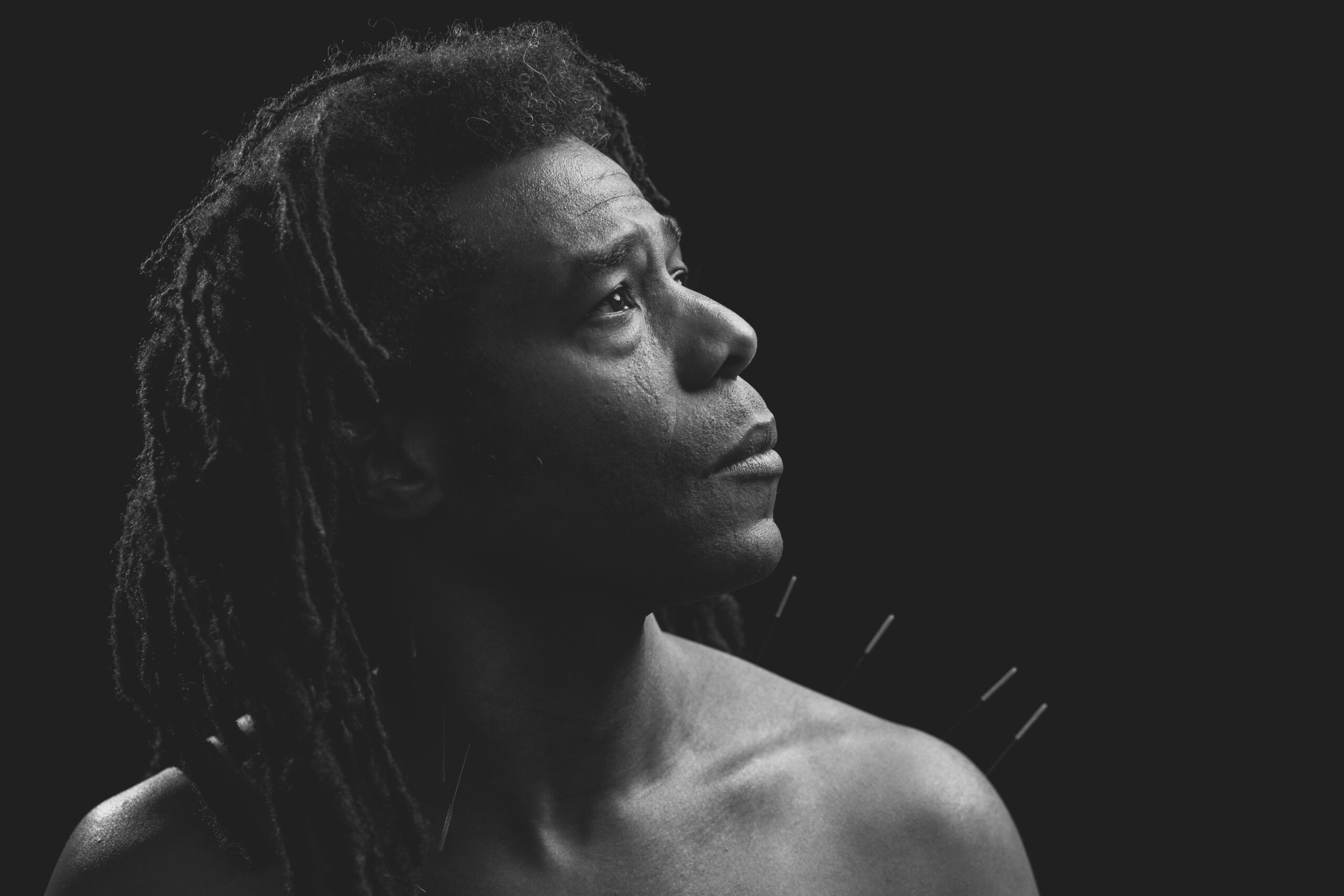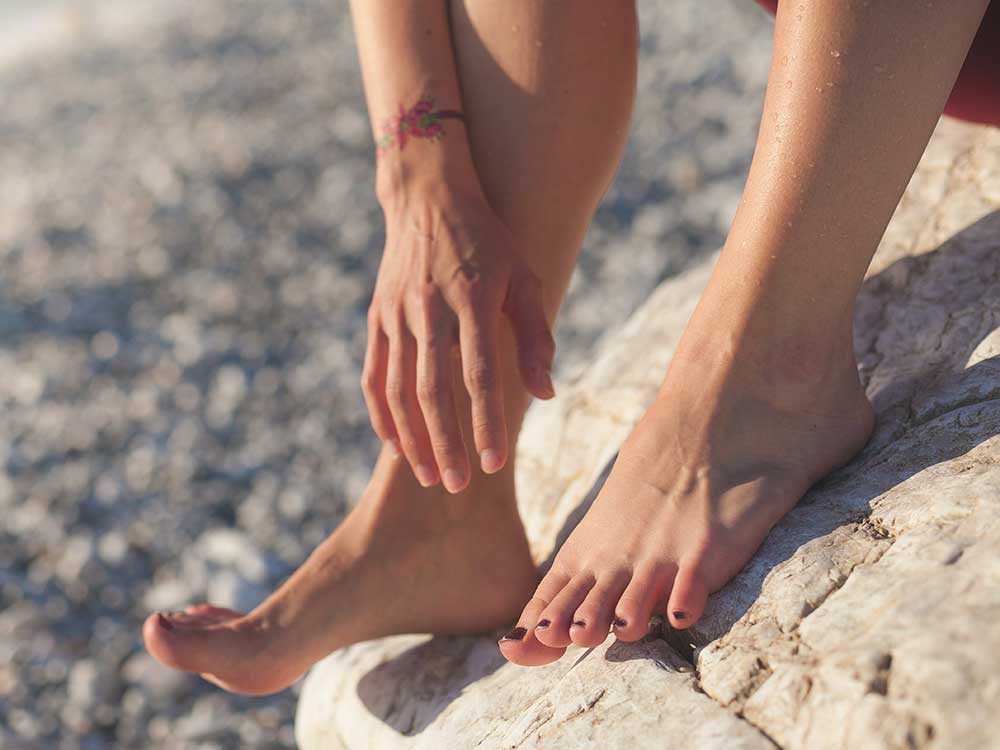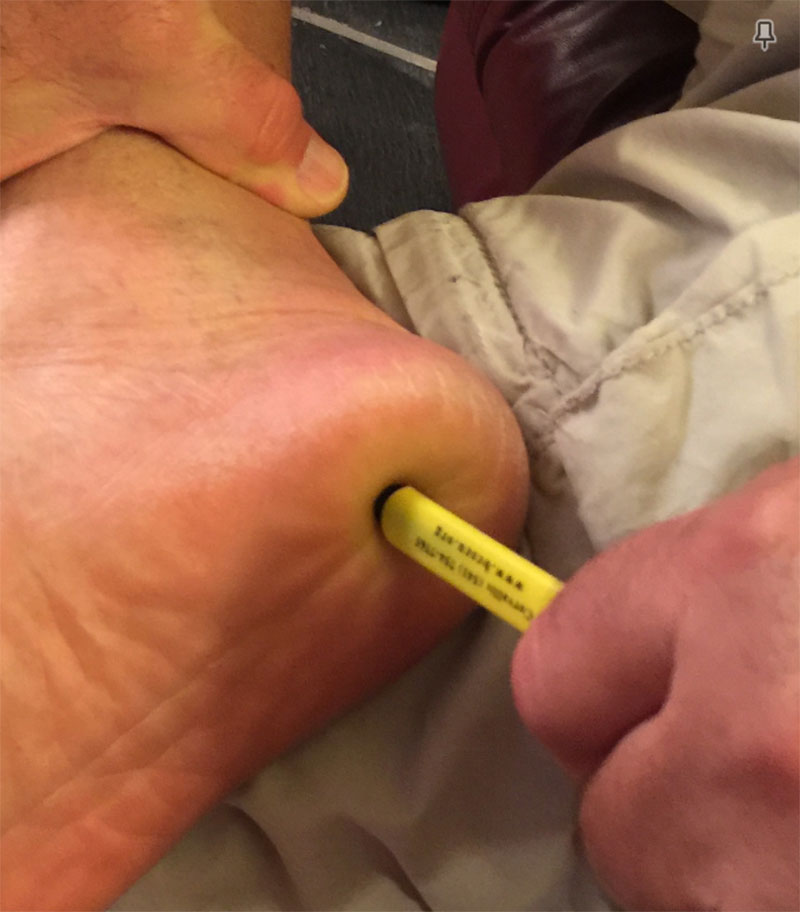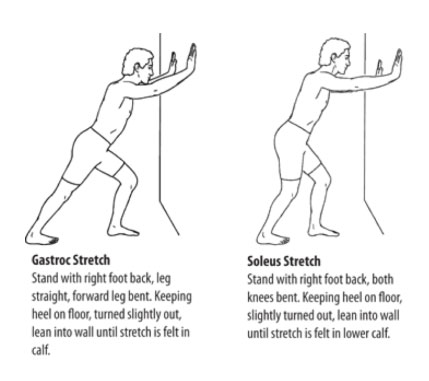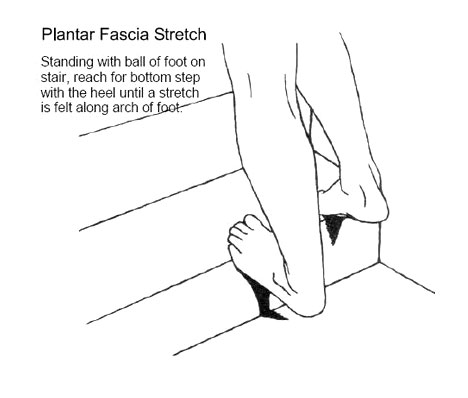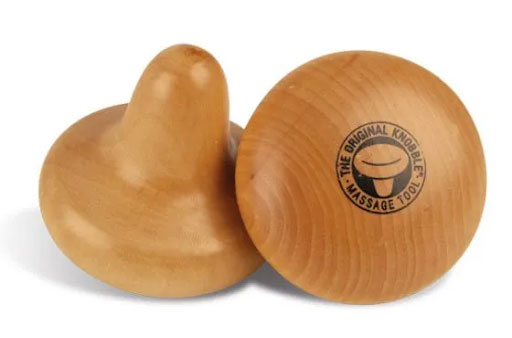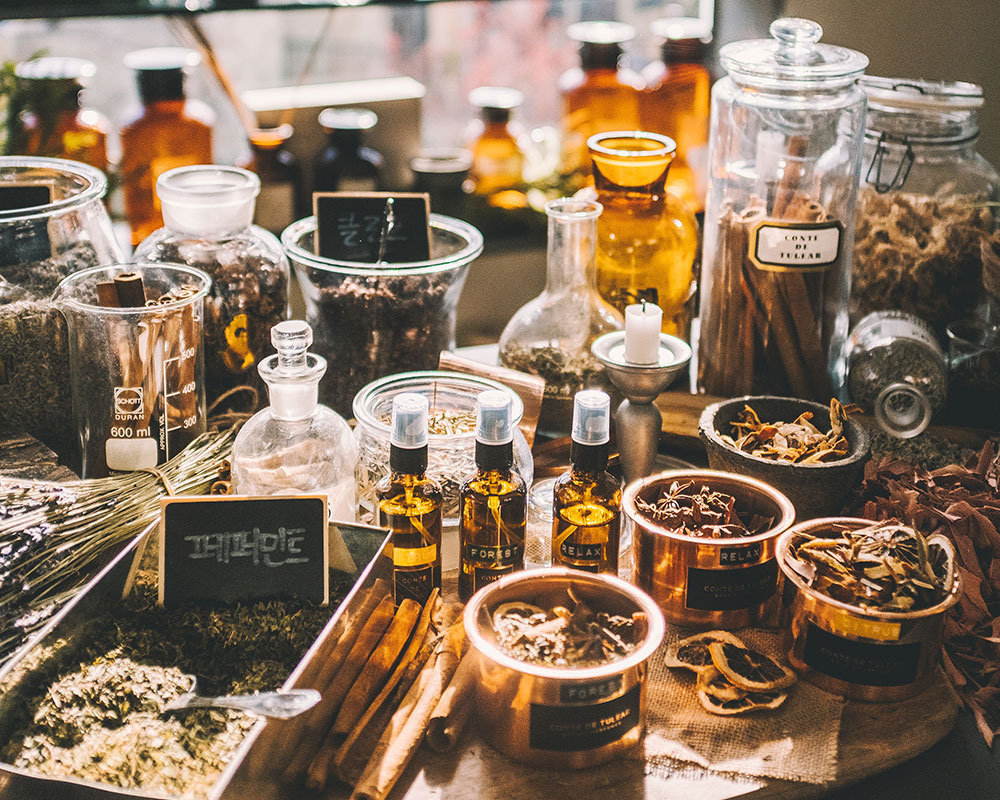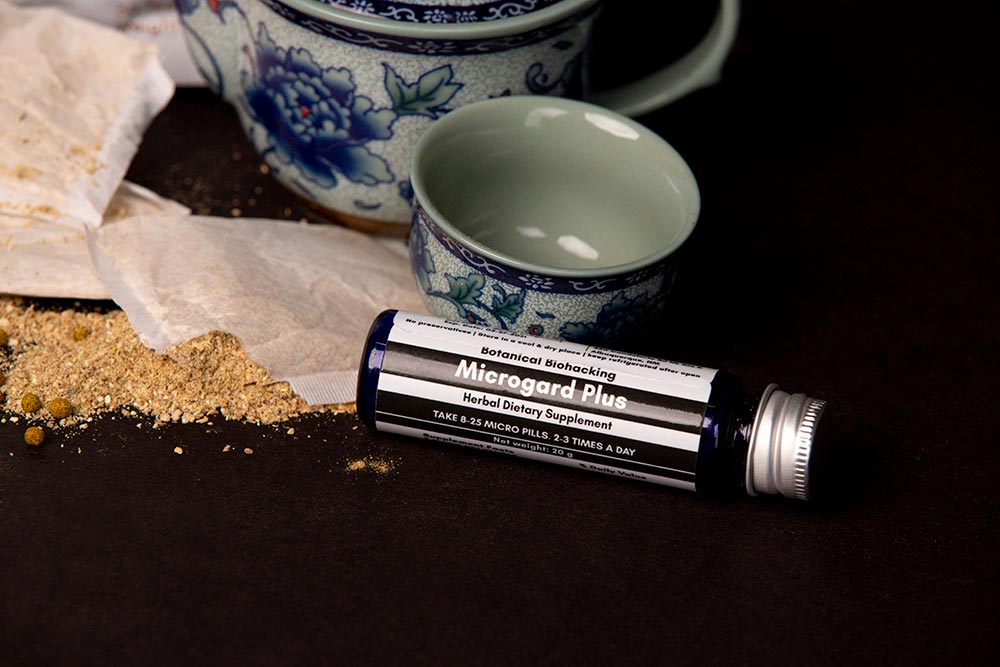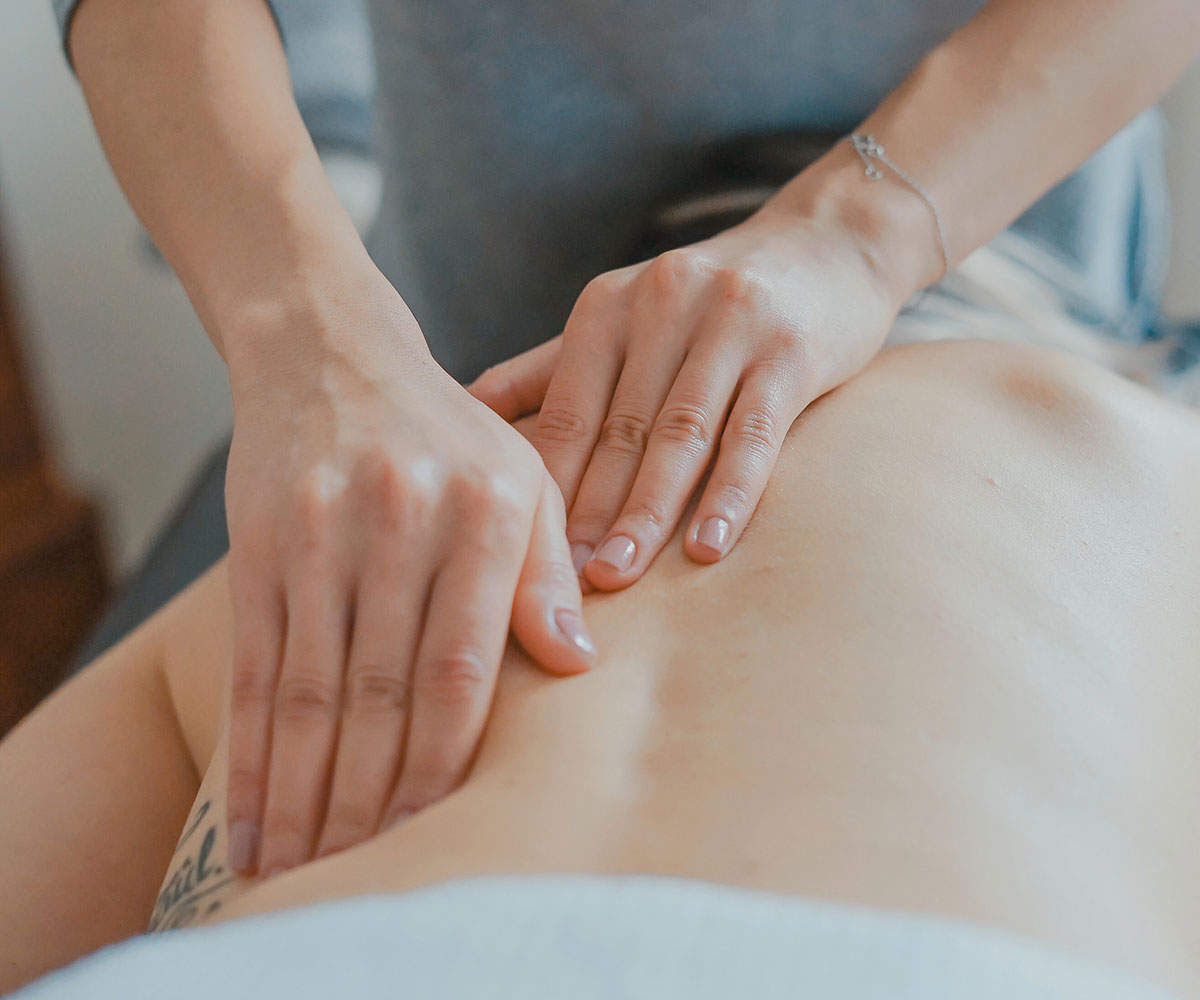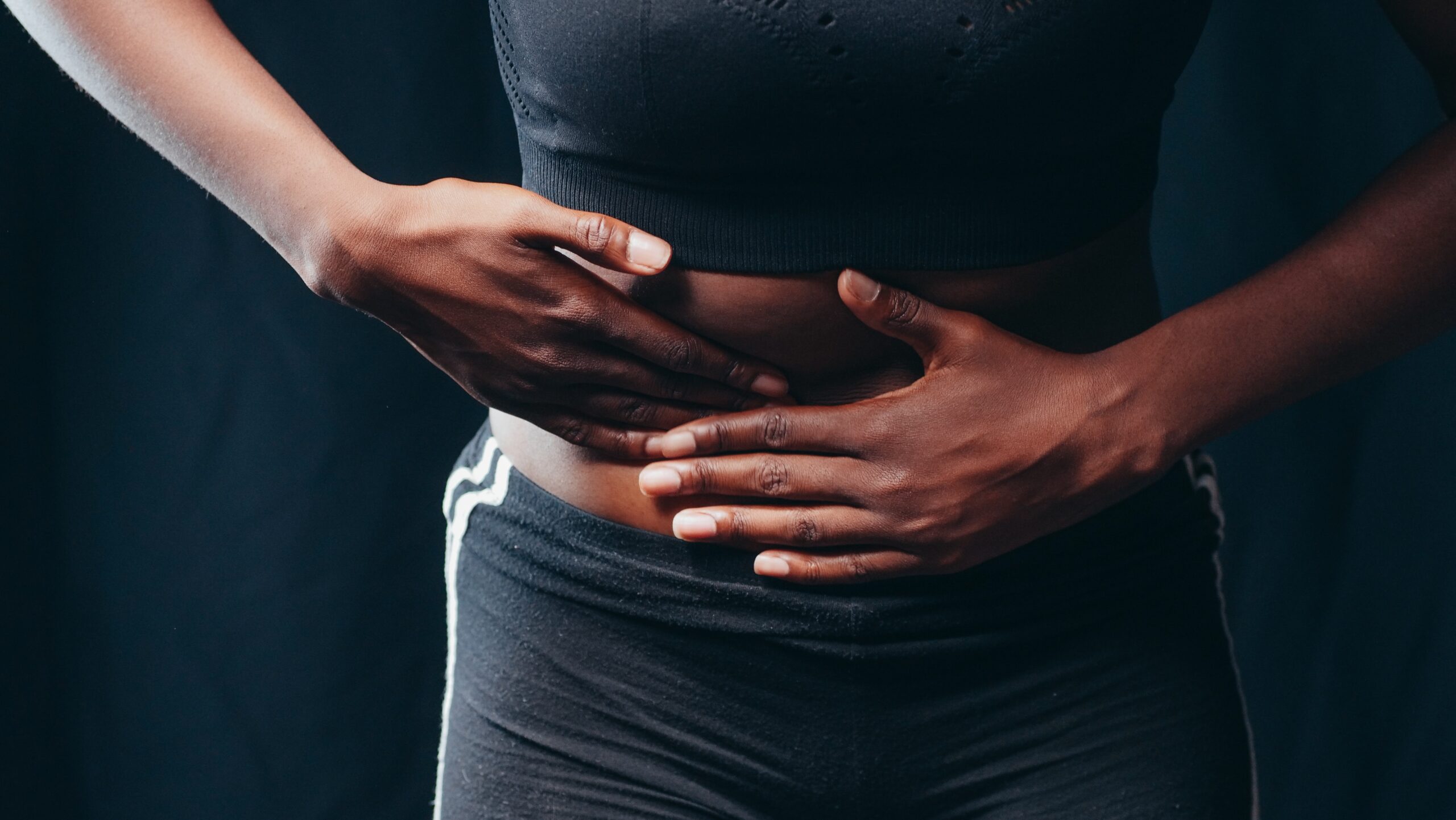
Harness the Power of Warmth
In the sprawling landscape of Traditional Chinese Medicine (TCM), there’s an elegant balance between yin and yang, cold and heat; in my years of practice, I’ve observed that most people fall into two distinct categories: either too much heat or not enough. Individuals struggling with slow digestion often exhibit a cold and damp constitution, which TCM links to a pale, swollen tongue and a weak, thin pulse. Let’s explore four at-home practices that help ‘warm up the middle,’ fostering improved digestion and intestinal motility by stimulating smooth muscle movement and circulation.
Warm Water
Staying hydrated is key to smooth digestion. Not just any hydration, but specifically warm or hot water. It aids in emulsifying fats, stimulates intestinal peristalsis, and relaxes the gastrointestinal tract, helping ease constipation and promoting better digestion.
Ginger
Ginger, a superstar in digestive health, is renowned for its gastroprotective effects. A natural remedy, ginger aids digestion, reduces inflammation in the gut, and stimulates movement through the digestive tract. Consuming it in hot water as a tea ginger tea can significantly relieve gastrointestinal discomfort.
Abdominal Massage
Abdominal massage is a lesser-known yet highly effective method to combat slow intestinal movement. A gentle, clockwise massage on your abdomen can stimulate intestinal muscle contraction, helping move the contents of the bowel and alleviate constipation symptoms. Remember, the key is gentle, consistent pressure— never cause discomfort or pain.
Post-Meal Walks
Finally, walking after meals can significantly improve your digestive health. This simple habit aids digestion, enhances movement through the digestive tract, and even lowers blood sugar levels. Whether a brisk walk around your block or a leisurely stroll through your garden, getting up and moving post-meal can do wonders for your gut health.
Remember that small, consistent steps can yield significant results in pursuing optimal gut health. Swap that cold beverage with a warm one, spice up your meals with ginger, learn the abdominal massage technique, and embrace post-meal strolls. Each of these actions, though simple, could be a powerful ally in your fight against slow intestinal movement.
Hot Water
When it comes to bolstering digestive health and fostering a thriving gut microbiome, we can make numerous diet and lifestyle modifications. Yet, one easily overlooked and implementable daily practice may be as simple as reaching for a mug of warm water.
Many cultures have embraced drinking warm or hot water for centuries due to its perceived health benefits. Recently, scientific investigations have begun to validate this traditional wisdom, providing intriguing insights into how temperature can impact our digestive functions.
Dilation of Blood Vessels in the Gut
A study published in the Journal of Gastroenterology and Hepatology found that drinking warm water can dilate blood vessels within the gut. This is significant because the dilation of these vessels enhances circulation, delivering more oxygen and nutrients to the digestive system, which in turn can support improved digestion and absorption of nutrients.
Emulsification of Fats
Warm water, particularly when consumed after meals, aids in emulsifying fats. Emulsification is when large fat globules are broken into smaller, evenly dispersed particles. This process facilitates the action of digestive enzymes, enabling more efficient fat digestion and absorption.
Activation of the Digestive System
The consumption of warm water is also thought to stimulate the digestive system. The heat from warm water can assist in dissolving and dispersing food particles that the body might find challenging to digest. This can result in smoother digestion and less digestive discomfort.
Relaxation of the Gastrointestinal Tract
The soothing nature of warm water can help relax the gastrointestinal (GI) tract. This relaxation can mitigate some issues related to slow intestinal movement, such as bloating and constipation.
Stimulating Intestinal Peristalsis
Warm water can stimulate intestinal peristalsis – the wave-like muscle contractions that move food through the digestive tract. Improved peristalsis can result in more regular bowel movements, reducing the risk of constipation and creating a more conducive environment for gut bacterial health.
Warm Water into Your Routine
Integrating the practice of drinking warm water into your daily routine can be simple. Start your day with a cup of warm water on an empty stomach. Not only will this practice hydrate you after a long night’s sleep, but it may also jumpstart your digestion for the day. I like to take that warm mug of water and rest it on my belly button while sipping at it. I love the heat of the mug warming up my stomach
You can also opt for warm water instead of cold when hydrating throughout the day or consider ending your meals with a mug of warm water to assist in the emulsification of fats and stimulate digestion.
While these suggestions provide a guide, always remember to listen to your body and find the balance that works for you.
Warm water provides various digestive benefits, particularly for those struggling with slow intestinal movement. By supporting blood circulation, fat emulsification, digestion activation, GI relaxation, and intestinal peristalsis, warm water is an easy and accessible ally for digestive health.
Ginger
This remarkable root has been a staple in traditional medicine for thousands of years, and modern science has begun to uncover the impressive array of health benefits it provides, particularly regarding digestive health and gut bacteria balance.
A Powerful Digestive Aid
Hailing from the same family as turmeric, cardamom, and galangal, ginger (Zingiber officinale Roscoe) is packed with potent compounds like gingerol and shogaol, giving it its distinctive taste and health-enhancing properties.
Stimulating Digestion
Ginger has been found to increase the rate at which food moves through the stomach, a process known as gastric emptying. By aiding the transition of food from the stomach to the small intestine, ginger may help reduce discomfort, bloating, and feelings of heaviness accompanying slow digestion. Studies have identified gingerol, a natural component of ginger root, as beneficial for gastrointestinal motility, encouraging efficient digestion so food doesn’t linger excessively in the gut.
Reducing Nausea and Stomach Pain
Another fascinating aspect of ginger’s digestive prowess is its effectiveness in relieving nausea and stomach discomfort. Ginger has shown impressive anti-nausea properties, from easing morning sickness in pregnant women to reducing nausea induced by motion sickness, chemotherapy, or surgery. It works by breaking up and expelling built-up gas in the intestines.
Reducing Inflammation
Inflammation is often a response to injury or infection, but when it becomes chronic, it can contribute to various health issues, including those of the digestive system. The good news? Ginger is rich in anti-inflammatory compounds. By helping to reduce inflammation in the gut, ginger can improve digestion and create a healthier environment for gut bacteria.
Improving Gut Motility
Ginger can be a natural ally for individuals struggling with slow intestinal movement or constipation. It’s believed to enhance the intestines’ contractions, helping move food along the digestive tract. This suggests that ginger could provide relief from or even prevent constipation.
Antibacterial Properties
Last but not least, ginger’s antibacterial properties shouldn’t be overlooked. It can help prevent infections in the gut, maintaining a balanced and healthy microbiota.
Ginger Into Your Routine
Adding ginger to your diet is surprisingly easy, given its versatile nature. It can be consumed in many forms – fresh, dried, powdered, as an oil or juice, and even in capsules. For me, the best way is to combine it with warm water as a tea. There are a lot of tasty teas out there, and this is the easiest way. You can combine it with fresh-cut ginger to add extra spice to your tea. However, it’s important to start with small doses if you’re new to ginger, and remember, while it’s natural, ginger is still potent.
With its rich array of health benefits and rich culinary history, ginger is more than just a kitchen spice. It’s a powerful digestive aid and gut health ally. Whether you’re dealing with slow intestinal movement or looking to boost your.
Abdominal Massage
Abdominal massage is a therapeutic practice that involves applying pressure to the abdomen and surrounding areas. These hands-on techniques aim to stimulate the internal organs, promote digestion, alleviate discomfort, and enhance overall gut health.
Many natural health practitioners believe that massaging the abdomen can improve the movement between internal organs and other body tissues, aid in digestion, and even help maintain a healthy gut microbiota – the complex community of microorganisms living in our digestive tract.
The Science Behind Abdominal Massage
Several studies underscore the benefits of abdominal massage for digestive health. One such study, published in the Journal of General Internal Medicine, found that a self-administered abdominal massage program significantly improved bowel function, quality of life, and overall well-being in patients with constipation. In addition, another study published in the Journal of Complementary and Alternative Medicine found that abdominal massage effectively reduced symptoms of constipation in older adults.
Moreover, research published in the journal Evidence-Based Complementary and Alternative Medicine indicated that abdominal massage might also positively impact the gut microbiota, our body’s “second brain,” further highlighting the importance of this practice for overall gut health.
How Can Abdominal Massage Benefit You?
The practice of abdominal massage offers multiple potential benefits. Let’s examine them:
Relaxation of stomach muscles:
Abdominal massage can help relax the stomach muscles, stimulating digestion and relieving constipation. When your muscles are relaxed, it promotes better mobility of the digestive tract and aids the passage of food.
Improved organ movement
By gently kneading and pressing the abdominal area, you can enhance the mobility of internal organs. This increased movement can boost digestion, further improving overall gut health.
Stimulation of circulatory and lymphatic systems
The circulatory and lymphatic systems are crucial for a healthy body, which is key in nutrient absorption and immune response. Abdominal massage stimulates these systems, which can help maintain good gut health and bolster the body’s natural defenses.
Reduction in constipation symptoms
Abdominal massage may help reeducate the muscles that control bowel movements, reducing symptoms of constipation. This is particularly beneficial for people who struggle with slow intestinal movement.
Easing stress and body tension
Stress is an often-overlooked factor that can exacerbate digestive issues. Abdominal massage is thought to help ease stress and body tension, fostering a healthier, more balanced digestive system.
How to Perform Abdominal Massage
1. Find a Comfortable Stance: Stand with your feet shoulder-width apart. This grounding stance provides a strong foundation for the massage. Softly bend your knees to encourage relaxation in the abdominal area.
2. Deep Breathing: Initiate diaphragmatic breathing, a deep inhalation that stimulates your intestines. To practice diaphragmatic breathing, focus on expanding your stomach, pelvic floor muscles, and lower back with each inhale. Feel these areas contract as you exhale. This rhythmic expansion and contraction facilitate movement in the belly, preparing it for the physical manipulation of the massage.
3. Gentle Belly Rub: Now, place your palms one over the other, positioned over your abdomen. Utilize your whole body by initiating a gentle twisting motion in your waist. This full-body engagement amplifies the benefits of the massage.
Large Circles: Begin by rubbing your belly in large, clockwise circles. This motion traces the path of the large intestine, promoting its function.
Small Circles: Next, move to smaller circles around your belly button, stimulating the small intestines.
Throughout the massage, continue with the twisting motion in your waist. If done correctly, your knees gently bounce, adding additional physical stimulation.
4. Coordinate Breathing and Massage Movements: Continue deep, diaphragmatic breathing as you perform the massage. The aim is to provide three levels of stimulation to your belly with your breath, the rubbing of your hands, and the twisting movements of your body.
By following these steps, you will manually massage your abdomen and stimulate it through your deep breathing and body movements. This comprehensive approach maximizes the potential benefits of the practice, offering a powerful boost to your digestive health.
Remember to listen to your body and adjust the pressure as needed. If you feel discomfort at any point, ease up or stop the massage. It’s always advisable to consult with a healthcare professional before starting any new health practice.
Post-Meal Strolls
We often associate good digestive health with our foods – fruits, vegetables, whole grains, lean proteins, and fermented foods. However, did you know that a simple activity, such as walking, could also positively affect your digestion and gut bacterial health, particularly in slow intestinal movement? Let’s delve into the details.
Walking Post-Meal
Gastrointestinal issues can sometimes feel like a heavy burden. Fortunately, adding a post-meal walk into your daily routine could be a straightforward solution to enhance your digestion. This practice seems to be an effortless adjustment and can significantly contribute to maintaining gut health.
Aiding Digestion
The primary benefit of walking after eating is its ability to stimulate the stomach and intestines, enhancing digestive efficiency. The gentle, rhythmic motion of walking facilitates food movement along the digestive tract, reducing the time it stays in the gut. This accelerated digestion process helps alleviate symptoms such as bloating, which is especially beneficial for individuals suffering from conditions like irritable bowel syndrome.
Improving Movement through the Digestive Tract
A post-meal walk can be an effective remedy when addressing slow intestinal movement. Physical movement stimulates peristalsis – the wave-like contractions that move food through your digestive tract. Enhanced peristalsis reduces the likelihood of constipation, a common consequence of slow intestinal movement.
Lowering Blood Sugar Levels
The benefits of post-meal walks extend beyond your digestive tract. They can also significantly reduce blood sugar levels. When we eat, our blood sugar rises. A brisk walk after meals aids in sugar metabolism, preventing sudden sugar spikes and crashes. This practice can especially benefit individuals with diabetes or those at risk.
Enhancing Satiety and Promoting Better Sleep
Post-meal walks can potentially improve satiety – the feeling of being full after a meal. This increased satisfaction can help regulate food consumption, reducing the likelihood of overeating and contributing to weight management.
Moreover, a gentle walk after dinner can improve sleep quality. Good sleep is vital for overall health and is directly linked to improved gut health.
Boosting Blood Flow
Walking enhances blood flow throughout the body, including the gut, like any exercise. Increased blood circulation delivers oxygen and nutrients to the gut, enhancing overall health.
Be Mindful of Your Body’s Response
While the benefits of a post-meal stroll seem plentiful, paying attention to your body’s signals is essential. Some individuals might experience an upset stomach when walking immediately after a meal due to the food moving around in the stomach. This movement could lead to discomfort, indigestion, diarrhea, nausea, gas, or bloating. If you notice any of these symptoms, consider waiting 10 to 15 minutes post-meal before you start your walk.
What you do most of the time is more important than what you do some of the time.
In the journey towards better health, everyday habits take precedence over occasional activities. Embracing simple rituals such as consuming warm water, incorporating ginger and the herbal product Chorus into your diet, practicing abdominal massage, and indulging in post-meal walks can collectively pave the way for improved digestive and gut health, as well as holistic well-being.
The synergy of warm water to kickstart your metabolism and aid digestion, combined with ginger’s anti-inflammatory and antioxidant properties, sets a robust foundation for a healthy digestive system. Additionally, taking Chorus every day for three months offers a specialized way to help balance your gut bacteria. This herbal product is designed to work in harmony with your body’s natural flora, making it an integral part of a holistic approach to gut health. An abdominal massage routine can further stimulate organ movement, aid digestion, and contribute to a more balanced gut microbiota. A simple post-meal walk enhances digestion, lowers blood sugar levels, and promotes better sleep.
When these practices—consuming warm water, including ginger and Chorus, performing abdominal massages, and taking post-meal walks—are performed consistently, they collectively offer a well-rounded strategy for managing common digestive issues such as bloating, constipation, and slow intestinal movement. This regimen reinforces the notion that small, sustainable changes to our daily habits can have a significant impact on our overall health.
Remember, what you do most of the time holds more weight than what you do occasionally. Each step, each sip, each bite, and each touch is a golden opportunity to nourish your body, care for your gut, and enhance your well-being. The accumulation of these daily rituals, especially when committed to over a period like three months, can lead to transformative results in your health journey.
Chorus is unlike anything else. It is specifically engineered to help your microbiome thrive based on any specific stressors it encounters.
We make available natural products that have been observed to make a difference in the lives of our patients, friends and family. You’re in good hands shopping with us.
About the Author
Willard Sheppy is a writer and healthcare practitioner who seamlessly melds scientific knowledge with practical applications in engaging and authoritative articles. He holds a Bachelor of Science in Environmental Science from Oregon State University and a Master’s in Acupuncture and Oriental Medicine from the distinguished Oregon College of Oriental Medicine.
In his work, Willard skillfully combines his extensive educational background in scientific research with his practical experience as a healthcare practitioner. Willard balances his life with martial arts and cherished family adventures. As a father of three, he often leads his family on camping and hiking trips along the breathtaking Oregon coast.
Connect with Willard on LinkedIn at linkedin.com/in/valleyhealthclinic or learn more about his services at valleyhealthclinic.com. Embark on this journey towards holistic health with Willard!
